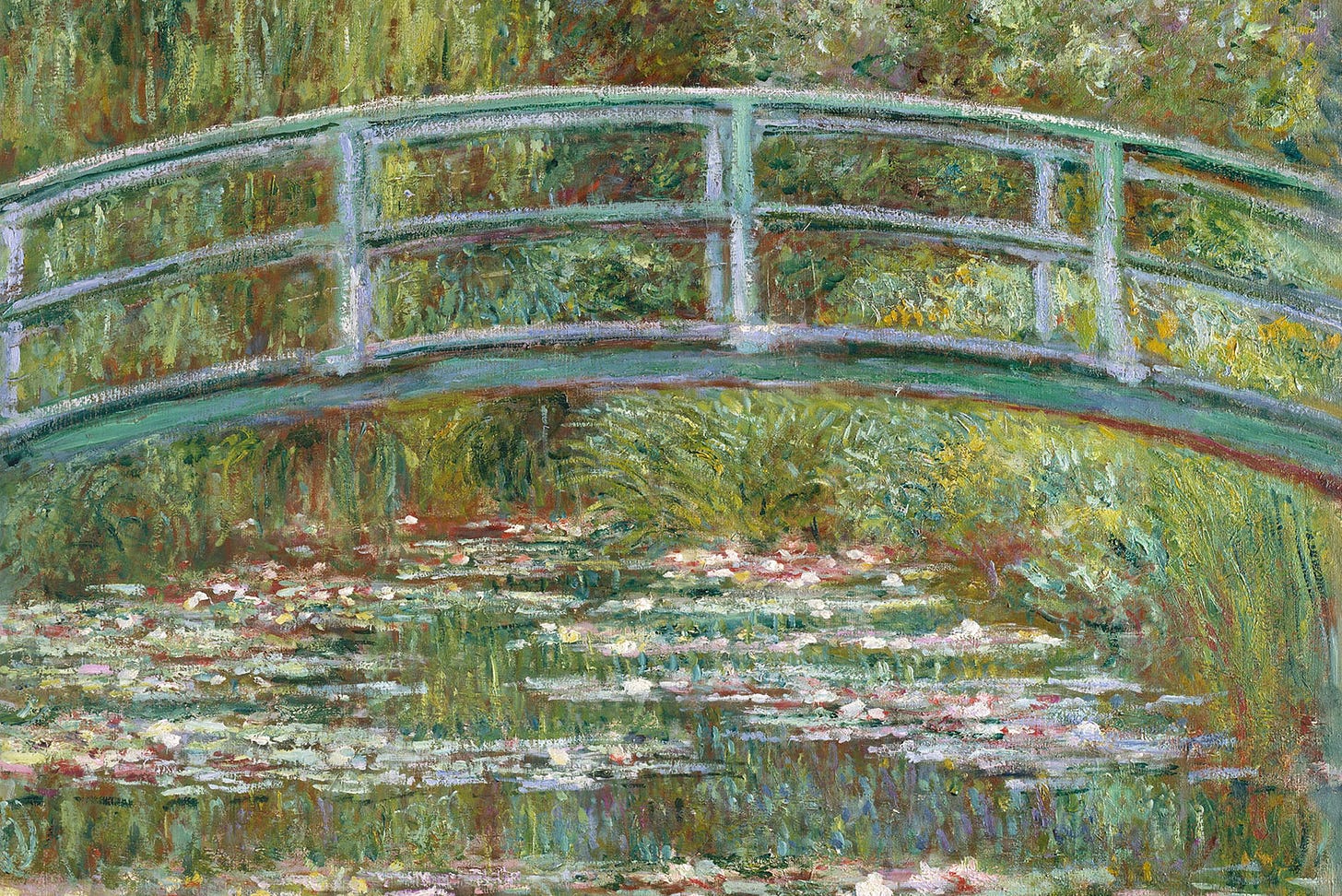The Importance of Optimism
Notes from Easter Sunday
Last Sunday, Pastor Dave gave his Easter sermon, which was (unexpectedly) about art.
He begins with a reference to Alain de Botton’s Art as Therapy. Quoting the book, Dave says, “In the art world, cheery art is looked down upon by people with taste and intelligence… The worry is that pretty pictures feed sentimentality. And sentimentality is a symptom of insufficient engagement with the complexity of life.”
He continues, “The other worry is that the prettiness of art will numb us to the injustices surrounding us. It makes us unjustifiably hopeful… In some ways, Easter can be seen like this. People feel like Easter is too cheery, too happy, too pretty— in other words, unjustifiably hopeful.”
I find myself thinking about how to balance being hopeful and being pragmatic quite often. It seems to me that treading the spectrum of optimism-realism-pessimism is a skill that requires both agency and faith, belief in yourself and belief in something greater, in order to be appropriately mastered.
And I’ll end with a quote from Alain De Botton, which Dave uses to argue why we should celebrate Easter though it can be widely applicable anywhere:
Cheerfulness is an achievement, and hope is something to celebrate. If optimism is important, it’s because many outcomes are determined by how much of it we bring to the task. It is an important ingredient of success. This flies in the face of the elite view that talent is the primary requirement of a good life, but in many cases the difference between success and failure is determined by nothing more than our sense of what is possible.


